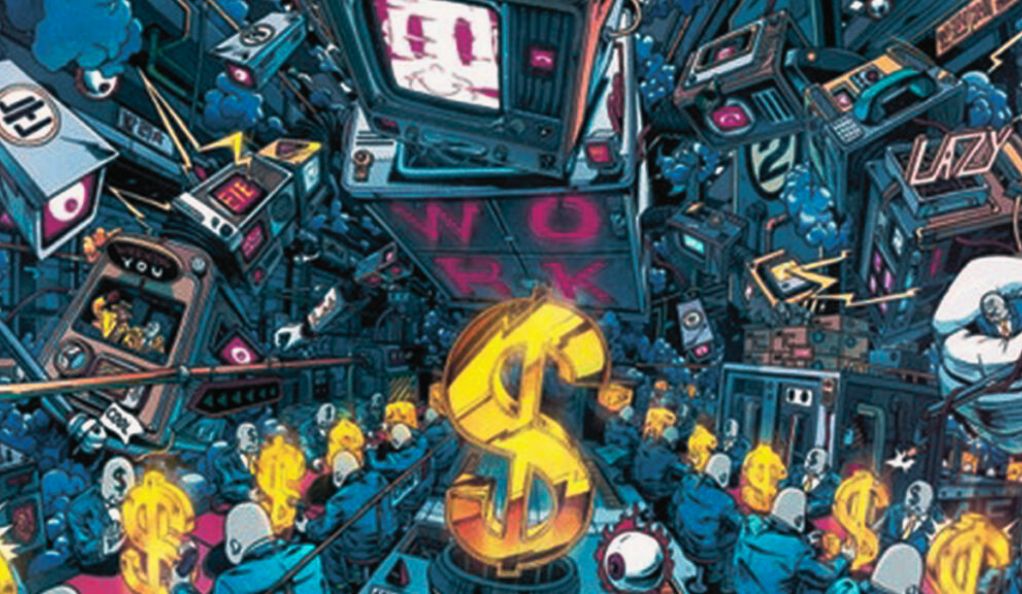Ever found yourself wondering how digital art sells for millions or why your favorite artist dropped their latest album as a digital collectible? NFTs, or Non-Fungible Tokens, are behind this digital wave. They’re rapidly altering the face of pop culture and challenging traditional societal values.
What are NFTs?
The Basics of NFTs
Before diving deep, let’s simplify things. Imagine having a unique trading card that can’t be replicated. In the digital realm, this concept exists as NFTs. They’re distinctive digital assets verified using blockchain technology. Unlike your typical cryptocurrencies, each NFT has a unique value and can’t be replaced or exchanged on a one-to-one basis.
How NFTs Operate
Now, think of blockchain as a public ledger, a massive spreadsheet that tracks who owns what. When someone creates an NFT, they’re essentially adding a unique digital certificate to this ledger, confirming its authenticity.
NFTs and Pop Culture
Influencing Art and Creativity
Artists now have a platform where their digital art can be valued and sold just like a Picasso or Van Gogh. Through NFTs, they can sell their art without intermediaries, ensuring that creativity is rewarded aptly. Isn’t it revolutionary to think that a digital creation can hold as much value as centuries-old physical art?
The Music Revolution
Ever heard of albums being sold as NFTs? Musicians are embracing this technology to gain more control over their work, break away from traditional distribution chains, and connect directly with their fans. Imagine owning a limited edition digital record. Feels exclusive, right?
Film, Fashion, and Beyond
From digitally owning a moment from your favorite movie to rocking exclusive virtual clothes in the metaverse, NFTs are pushing boundaries. The way we consume content and even fashion is evolving, creating a blend of the physical and virtual worlds. Why wear a designer outfit in reality when your virtual self can flaunt it?
NFTs and Societal Values
Reinventing Ownership and Value
NFTs are challenging our perception of ownership and value. In a world where digital presence is soaring, why shouldn’t digital assets hold tangible value? It’s like redefining what it means to ‘own’ something in this modern age.
Challenges and Criticisms
Yet, like all innovations, NFTs face criticism. From environmental concerns due to high energy consumption in blockchain operations to the speculative nature of NFT markets, there are debates about their long-term impact. But, don’t most path-breaking ideas face opposition before acceptance?
Future Prospects
With augmented reality and virtual realities becoming mainstream, the potential of NFTs is limitless. Could there be a future where our entire life, from the art we own to the clothes we wear, becomes non-fungible? Only time will tell.
Conclusion
NFTs are more than just a buzzword. They’re reshaping pop culture, challenging societal norms, and prompting us to rethink value and ownership in the digital age. As we stand on the precipice of a new era, one thing’s certain: NFTs are here to stay and influence.
FAQs
- What are some popular platforms for buying NFTs?Platforms like OpenSea, Rarible, and Foundation are leading the NFT marketplace.
- How do artists benefit from NFTs?Artists can sell their work directly to consumers, ensuring more control and better profit margins.
- Are there any downsides to NFTs?Critics point out environmental concerns and the speculative nature of NFT markets.
- Can anyone create an NFT?Yes, as long as you have a digital file and access to an NFT platform, you can mint your own NFT.
- Why are NFTs considered valuable?Their uniqueness and the verification through blockchain make them desirable as a distinct digital possession.


